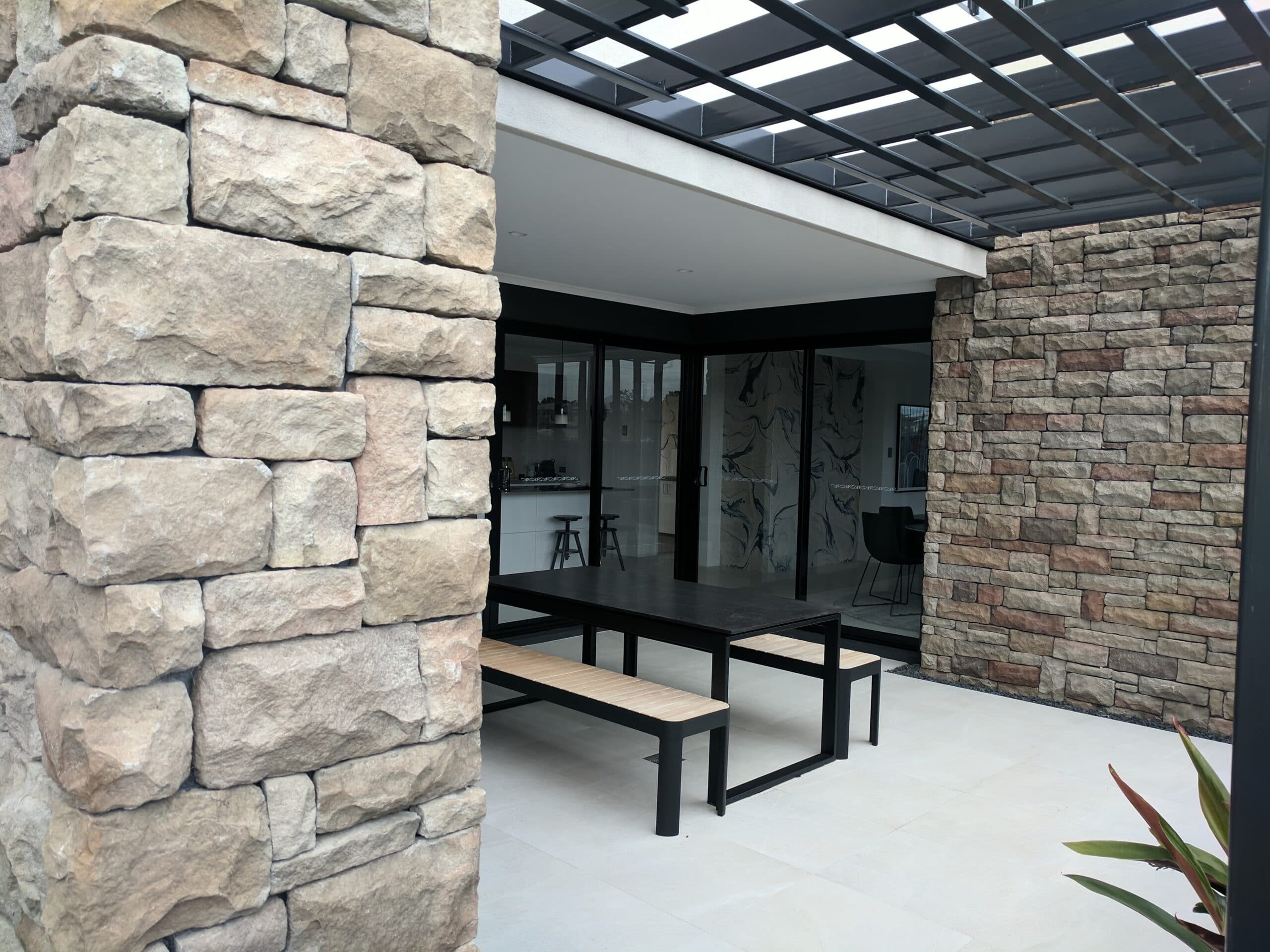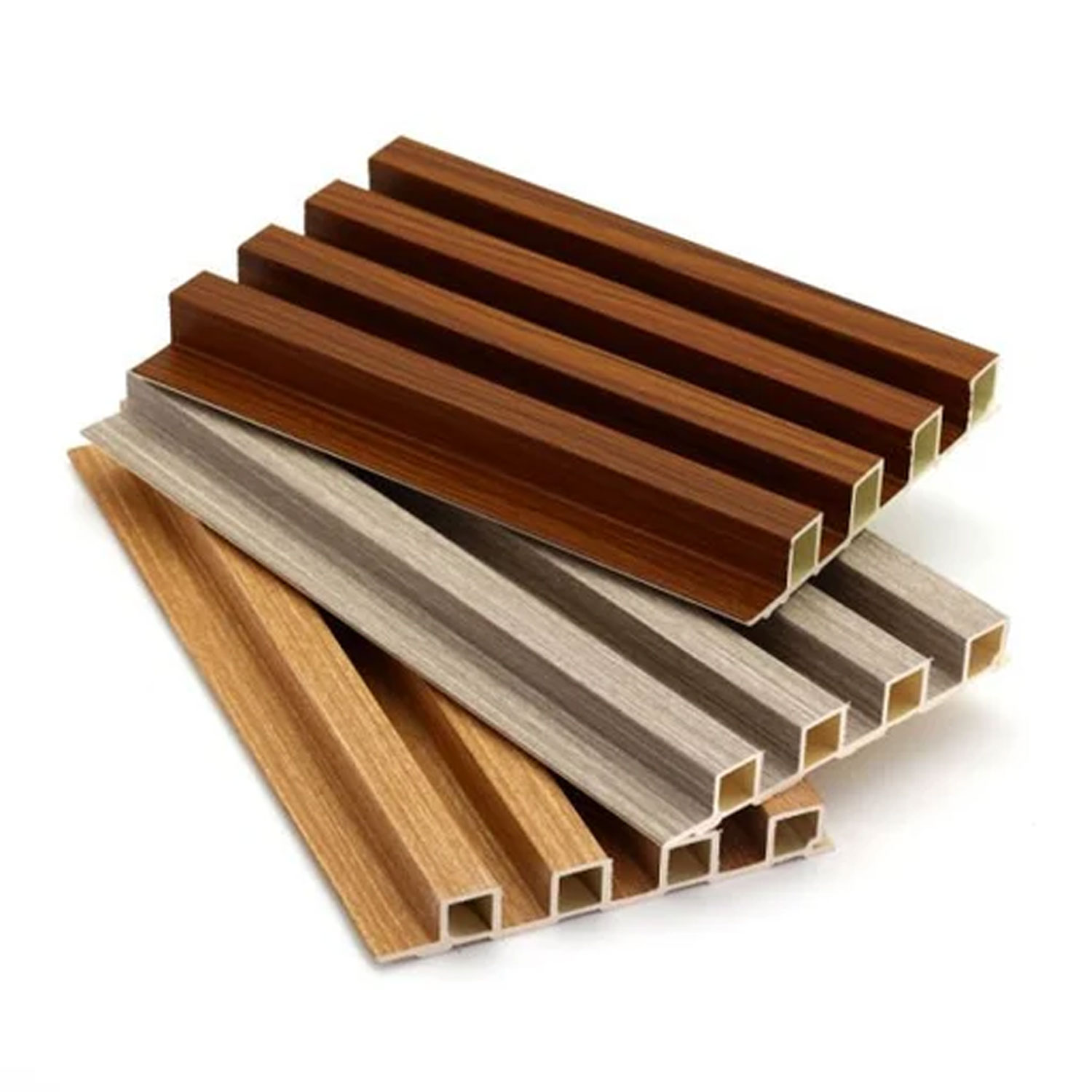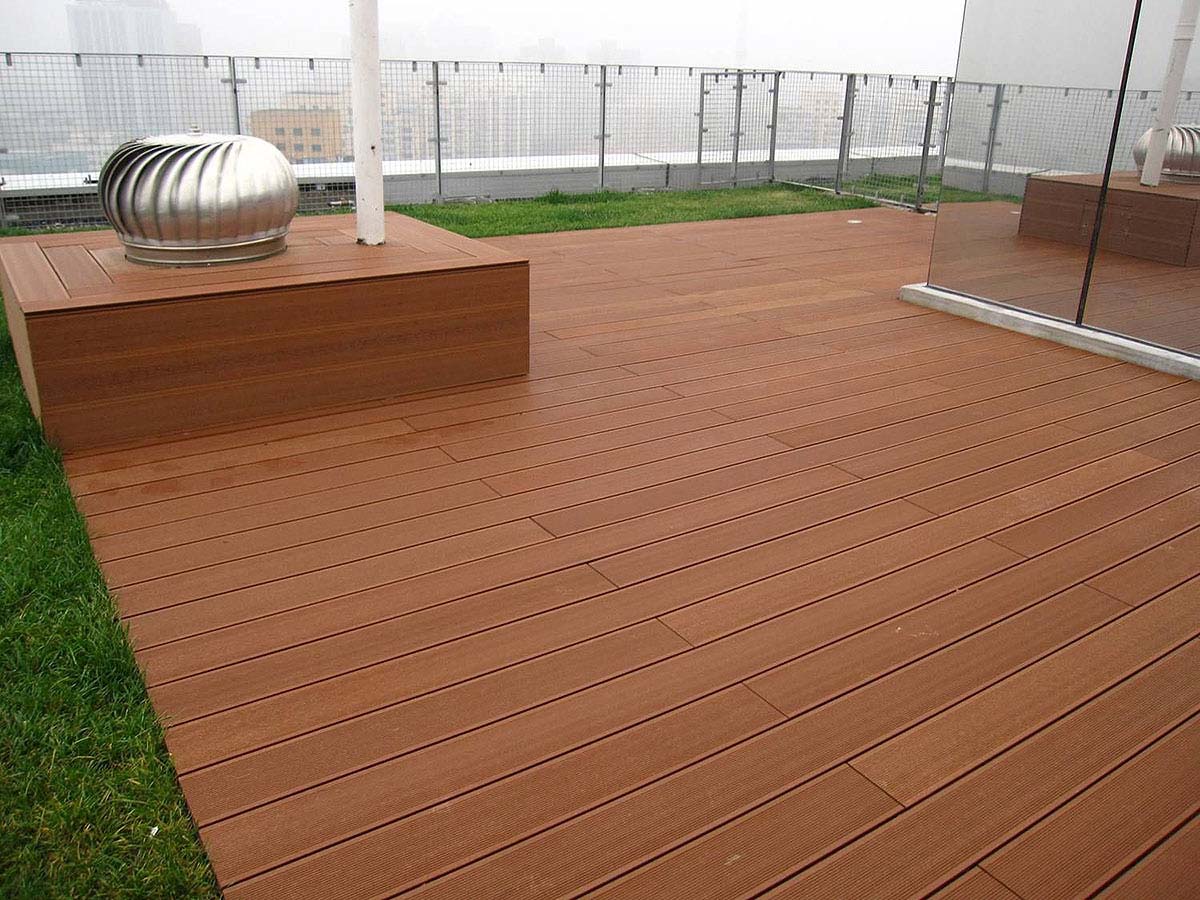Functional Evolution of Foamed WPC Composites: Pioneering Sustainable Material Solutions
Navigating the Future of Advanced Composites
Structural Fundamentals of Foamed WPC Materials
Foamed Wood-Plastic Composites (WPC) represent an advanced class of engineered materials synthesized through the strategic integration of polymer matrices, lignocellulosic fibers, and gas-generating additives. This innovative manufacturing process creates a meticulously controlled cellular architecture that delivers:
- Enhanced Crack Resistance: The microcellular network effectively dissipates stress concentrations, resolving inherent brittleness in conventional WPC formulations
- Material Optimization: Achieves 30-50% density reduction versus solid composites while maintaining structural integrity
- Multifunctional Performance: Demonstrated thermal conductivity values below 0.08 W/m·K and noise reduction coefficients exceeding 0.75
Industry leaders like Plastory are pioneering formulations that combine post-industrial polyolefins with agricultural residues, achieving closed-loop material cycles.
Distinctive Advantages Driving Industry Adoption
Sustainability & Economic Benefits
- 78% reduced carbon footprint compared to virgin plastic alternatives
- 40-60% material cost savings through efficient resource utilization
- ASTM D7031-compliant biodegradation within 5-7 years
Performance Characteristics
| Property | Foamed WPC | Traditional WPC |
|---|---|---|
| Density (g/cm³) | 0.6-0.9 | 1.1-1.4 |
| Thermal Conductivity (W/m·K) | 0.06-0.09 | 0.25-0.35 |
Cutting-Edge Technological Breakthroughs
Advanced Manufacturing Protocols
- Supercritical CO2 foaming technology achieving 85% void uniformity
- Nanoclay-reinforced interfaces with 220% improved fiber-matrix adhesion
Smart Material Engineering
Recent developments at Plastory Research Centers incorporate phase-change materials for thermal buffering and graphene-enhanced formulations achieving EMI shielding effectiveness of 45 dB.
Cross-Industry Applications & Commercial Viability
Construction Sector Innovations
- Structural insulated panels (SIPs) with R-values exceeding 5.0 per inch
- Acoustic flooring systems reducing impact noise by 28 dB
Automotive Lightweighting Solutions
Tier 1 suppliers report 22% weight reduction in door panels using foamed WPC while meeting FMVSS 201U head impact standards.
Future Development Trajectory
With projected CAGR of 8.7% through 2030 (Grand View Research), foamed WPC stands poised to displace $12.8 billion in traditional materials across key sectors. Continuous R&D focuses on:
- Bio-based polyurethane hybrid systems
- 3D-printable composite filaments
- Self-healing matrix formulations
Explore innovative material solutions at Plastory’s technology portal to stay ahead in sustainable manufacturing.



